There’s something extraordinary about the way a dog looks at you—like they see straight through to your heart. That tender gaze, full of loyalty and affection, isn’t just cute; it’s a silent promise of unconditional love. F
or some breeds, this soulful eye contact is more than instinct—it’s a form of connection, a way of showing just how deeply they care. These dogs don’t just follow you around; they hold your gaze to say, “You’re my person.”
Science supports what many dog lovers have always felt: mutual eye contact between dogs and humans releases oxytocin—the “love hormone”—creating a stronger emotional bond. Some breeds naturally excel at this, using their eyes to express love, reassurance, and devotion. It’s their way of staying close, even in silence.
In this article, we highlight the dog breeds that master the art of eye contact. Whether it’s a long, meaningful stare or a glance that melts your heart, these pups are experts in turning looks into love.
Dog Breeds That Hold Eye Contact for Love
1. Border Collie
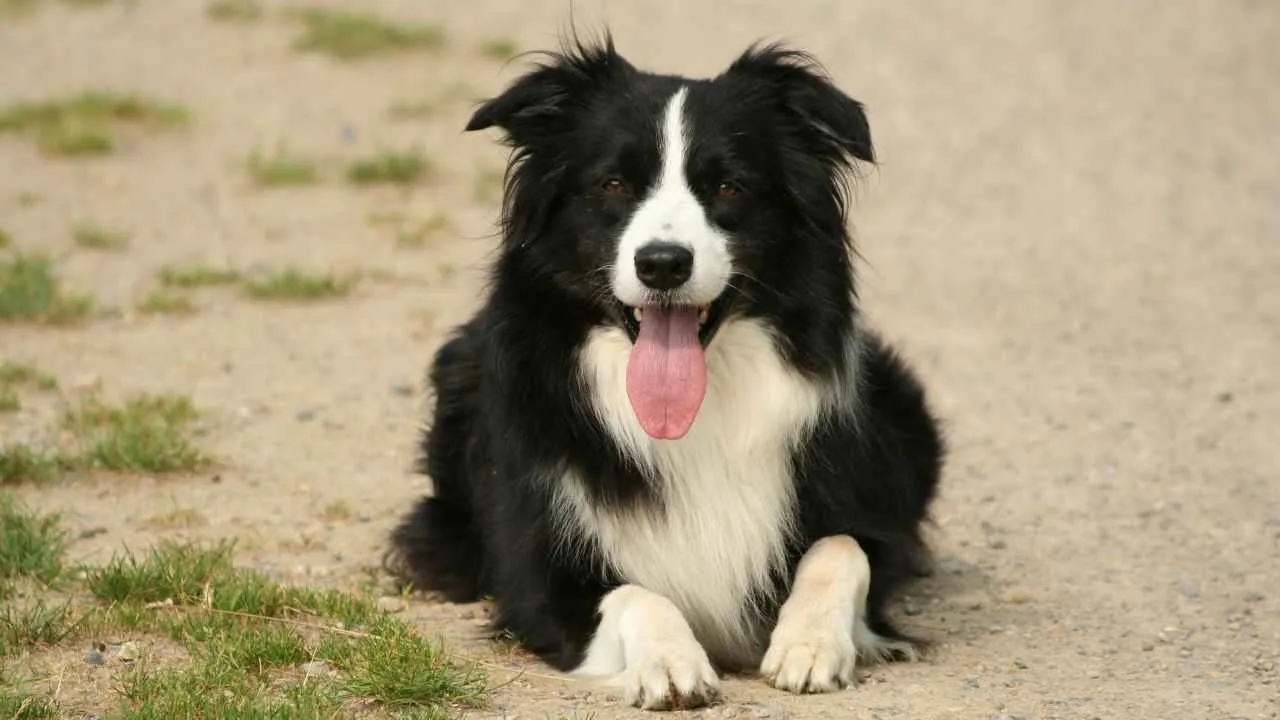
The Border Collie, also known as the Scotch Collie or Welsh Sheepdog, hails from the borderlands between Scotland and England. With a heritage tracing back to Roman and Viking herding dogs, it’s no surprise this breed is a herding powerhouse.
Recognized for their intelligence and agility, Border Collies are compact and athletic, standing between 18–22 inches tall and weighing 30–55 pounds.
Their coats vary in color and texture, commonly seen in black-and-white or tricolor combinations. WebMD states that Border Collies are extremely energetic dogs who need a significant amount of daily exercise to stay healthy and happy. They belong to the herding group and typically live 12–15 years.
Unique Traits
The Border Collie’s ability to hold intense eye contact—famously known as “the eye”—is a hallmark of its herding instinct. This penetrating stare isn’t limited to sheep; it’s also a deeply emotional gaze that communicates love and attentiveness to their humans.
Border Collies read facial expressions and body language remarkably well, creating a profound connection with their owners. Their alert posture and soulful eyes are constant reminders of their emotional intelligence.
Did you know? Chaser, a Border Collie, was dubbed the world’s smartest dog for recognizing over 1,000 object names.
2. Labrador Retriever
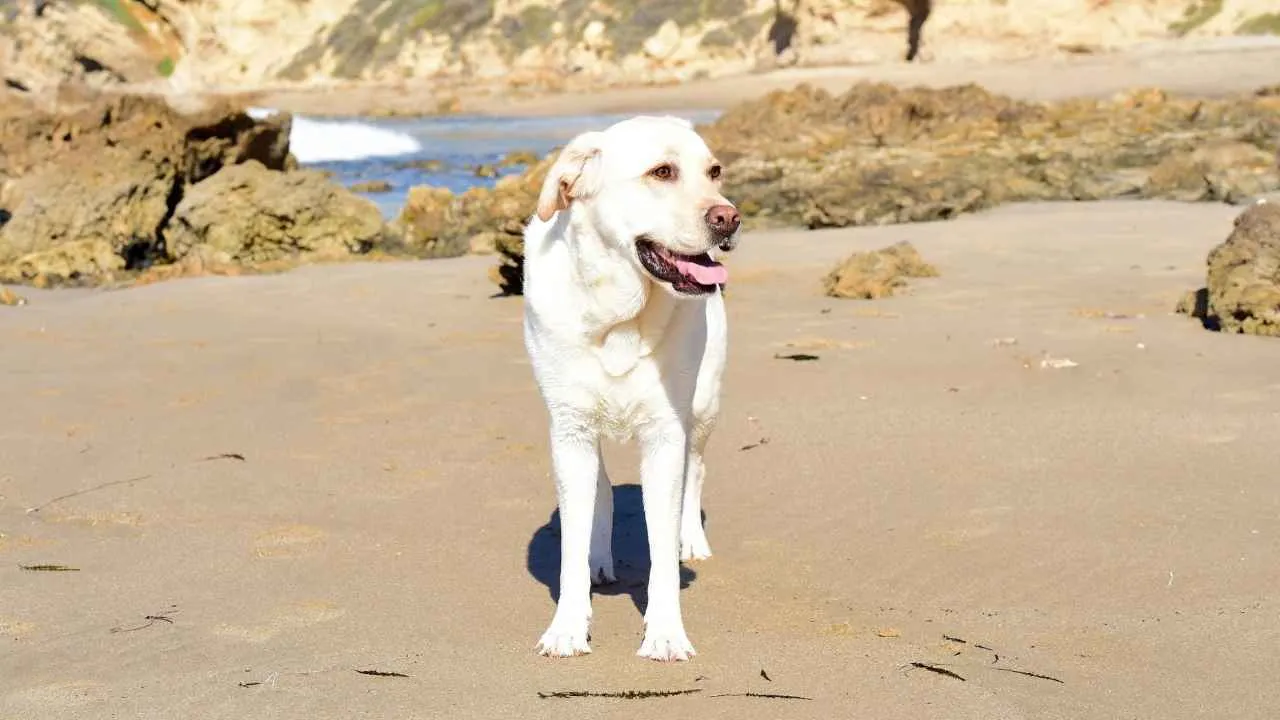
The Labrador Retriever, affectionately known as the Lab, originated in Newfoundland and was later refined in England during the 19th century. PetMD describes the breed as having a broad skull and nose, a deep chest, a sturdy tail, and a powerful, muscular physique.
Recognized for their otter-like tail and short, dense coat that comes in black, yellow, or chocolate, Labs stand 21.5–24.5 inches tall and weigh between 55–80 pounds. With their sturdy build and kind eyes, they are part of the Sporting Group and enjoy a life span of 10–12 years.
Labs are frequently selected as guide and therapy dogs due to their eager-to-please nature and intelligent demeanor.
Unique Traits
Labrador Retrievers are masters of soulful eye contact. Their ability to lock eyes with their humans often conveys affection, anticipation, and trust. This gaze forms strong emotional bonds and reflects their innate desire to be close companions.
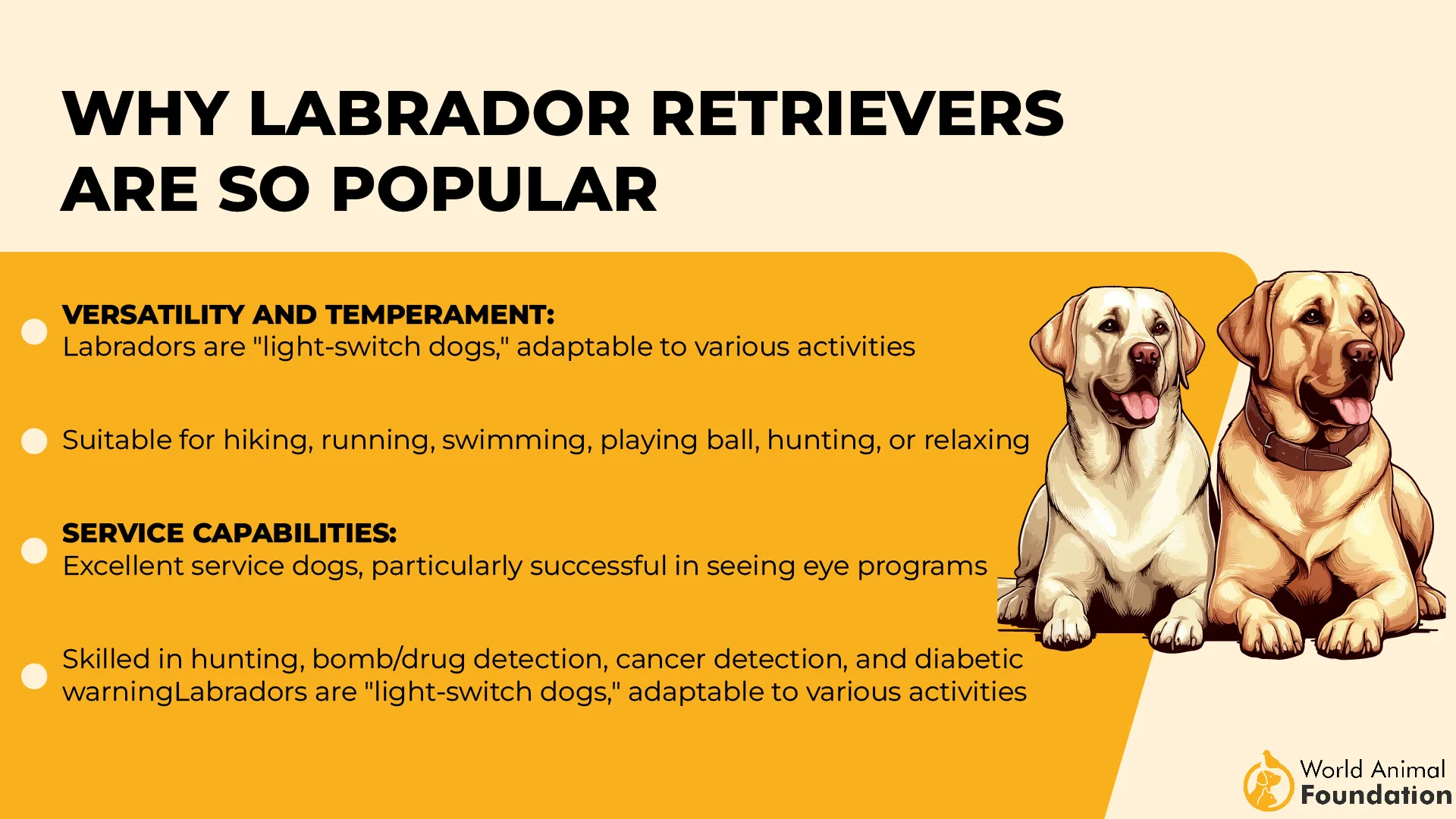
Labs use their eyes not only to communicate but also to reassure, making them standout stars in dog-human bonding. This breed’s eye contact is often described as “smiling with their eyes”—a trait that endears them to both families and professionals alike.
Did you know? A yellow Lab named Endal famously saved his owner’s life and earned the title “Dog of the Millennium.”.
3. Golden Retriever
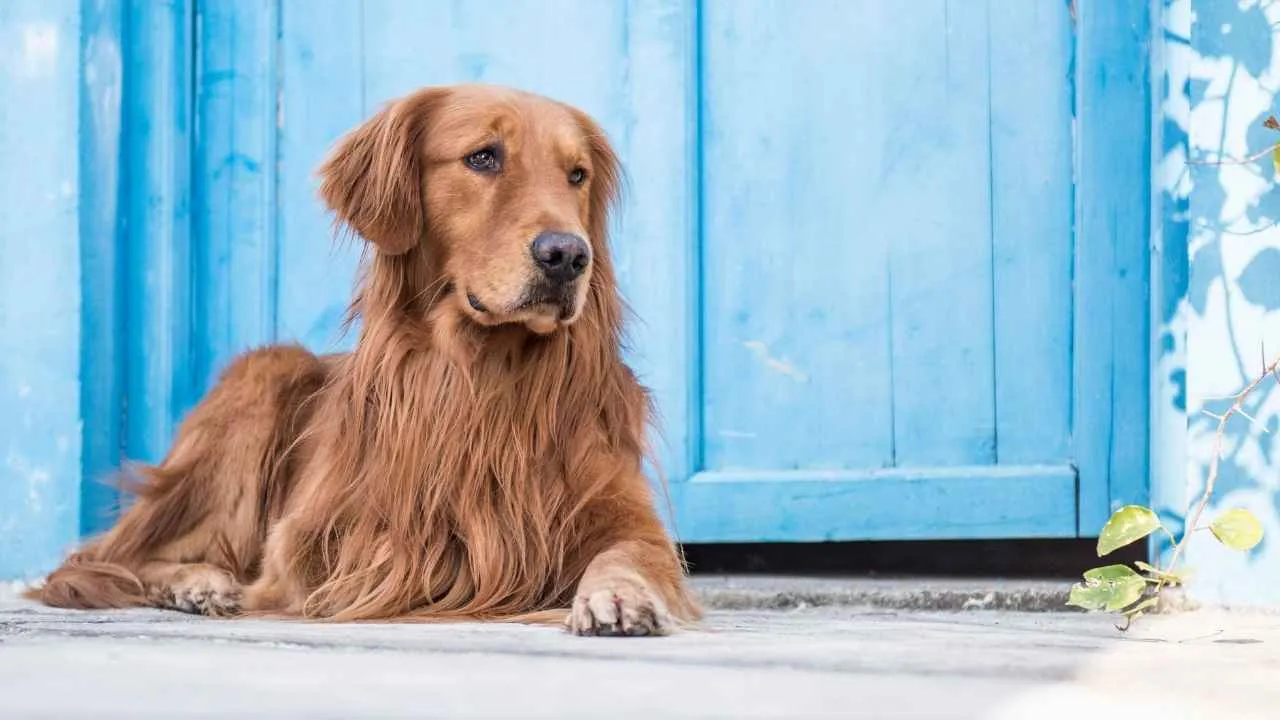
Golden Retrievers, affectionately known as “Goldens,” originated in 19th-century Scotland and were bred as gundogs for retrieving waterfowl. The American Kennel Club (AKC) describes the Golden Retriever as a well-built, medium-sized dog, renowned for its thick, shiny golden coat that inspired the breed’s name.
These intelligent and gentle dogs belong to the sporting group and stand between 21.5 to 24 inches tall, weighing 55 to 75 pounds. Goldens are widely loved for their loyal, playful, and people-oriented nature, making them ideal for families, therapy work, and even search-and-rescue missions. They typically live 10 to 12 years and are noted for being easy to train and deeply affectionate companions.
Unique Traits
Their expressive eyes often reflect empathy, devotion, and an eagerness to bond. A Golden’s gaze can feel almost human, offering comfort and connection. Their innate sensitivity enables them to intuit their owner’s emotions, which they mirror through quiet companionship or joyful engagement.
This emotional intelligence enhances their popularity as service and emotional support animals. Goldens thrive on interaction, often using eye contact as a means to check in, express affection, or reassure their favorite humans.
Did you know? All Golden Retrievers can be traced back to a litter born in 1868 at Guisachan House in the Scottish Highlands.
4. Australian Shepherd
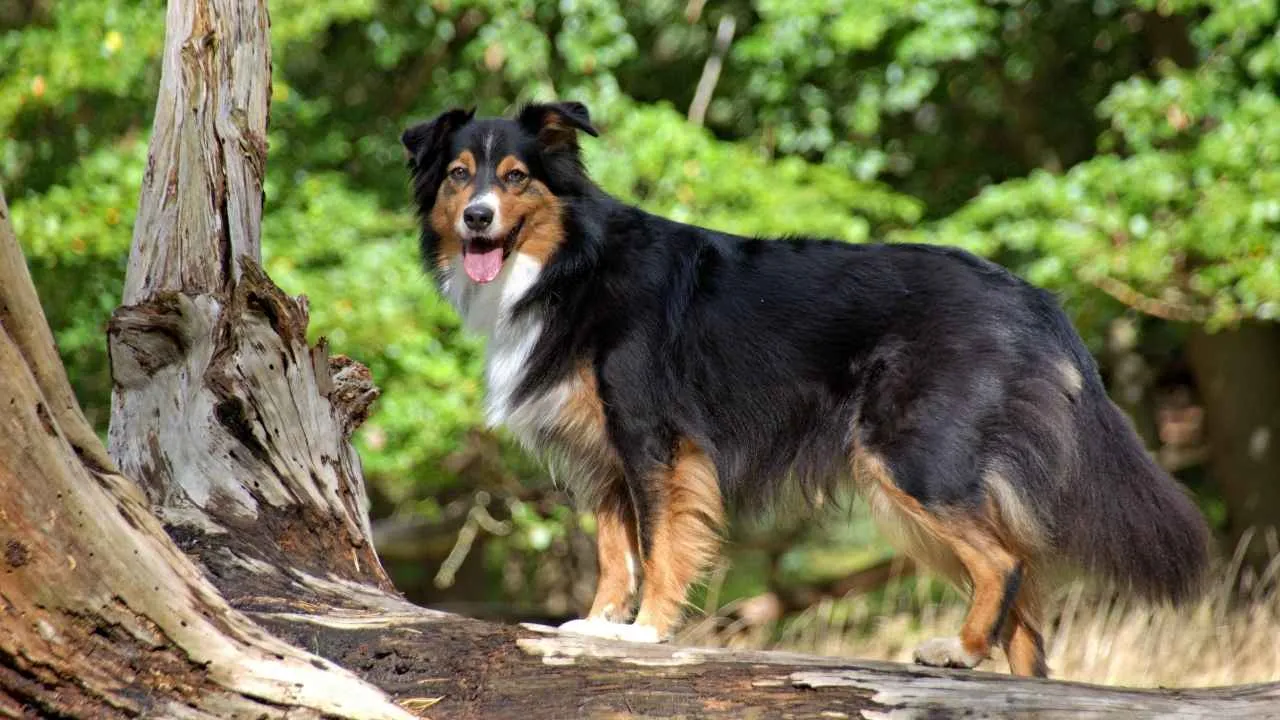
Also known as the Aussie, this energetic herding breed hails from the western United States—not Australia, as the name suggests. Developed in the late 1800s, the Australian Shepherd was bred primarily from British-derived herding dogs, with some influence from dogs accompanying Basque immigrants.
Commonly seen on ranches and rodeo circuits, Aussies are medium-sized dogs standing 18–23 inches tall and weighing between 40–65 pounds. Their coats come in stunning colors, including black, red, and blue or red merle, often accented with white markings or copper points.
Their eyes—striking shades of blue, amber, or brown—are among their most captivating features and often a window into their deeply bonded, people-centric nature. The breed belongs to the herding group and typically lives 12–15 years.
Unique Traits
Australian Shepherds are masters of nonverbal communication. They form powerful connections through their unwavering eye contact, using those focused gazes not only to anticipate commands but also to convey affection and loyalty.
Their alertness, intelligence, and desire to stay in sync with their humans make them feel like intuitive companions. This ability to “read” people so well adds to their reputation as emotionally intelligent and responsive dogs.
Fun fact: Aussies are iconic in rodeo culture, revered as the cowboy’s herding dog of choice.
5. Shiba Inu
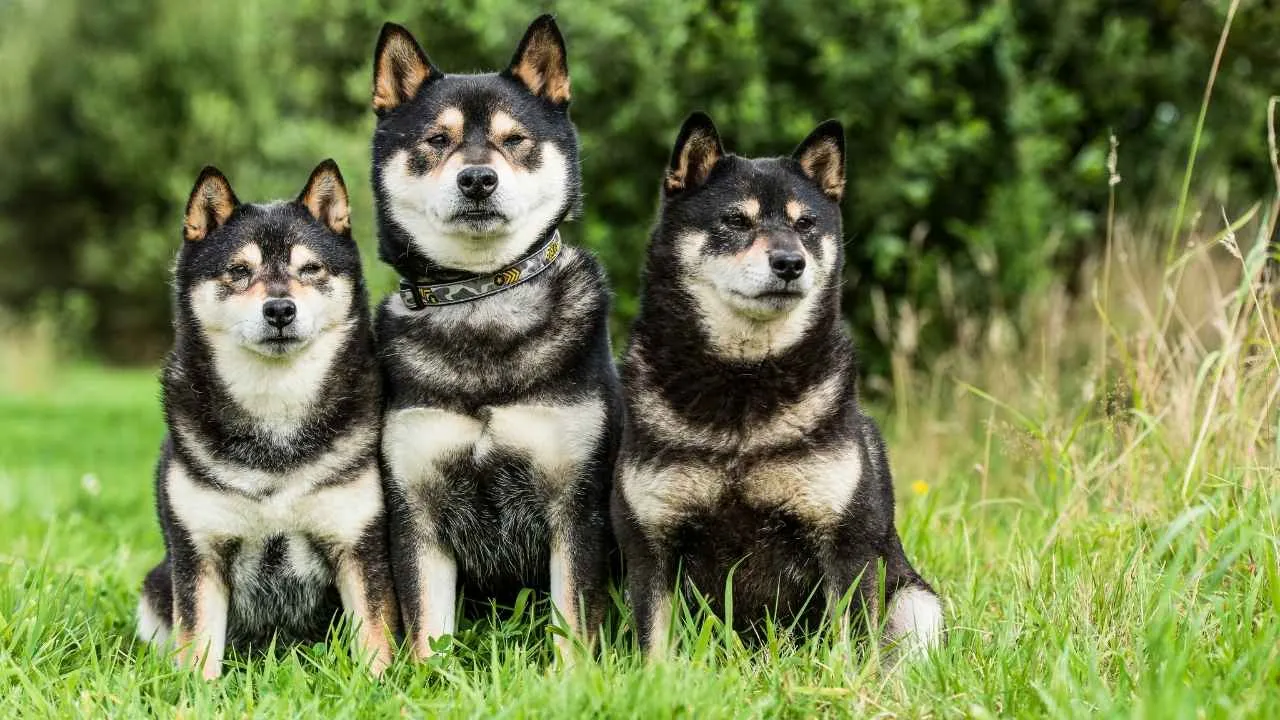
The Shiba Inu, one of Japan’s most ancient dog breeds, is cherished for its independence, intelligence, and foxlike appearance. With origins dating back over 2,000 years, this compact canine was initially bred for hunting small game.
Shibas stand between 13.5 and 16.5 inches tall and weigh 17 to 23 pounds. Their distinctive features include a plush double coat—usually red, sesame, black and tan, or cream—a curled tail, upright triangular ears, and sharp, expressive eyes.
The breed falls under the non-sporting group and typically lives 13 to 16 years. Though reserved and often aloof, Shibas form strong bonds with their humans and are deeply loyal companions.
Unique Traits
Shiba Inus are known for their unique communication style. Their almond-shaped eyes convey intense emotion, and when they trust someone, their steady eye contact feels almost soulful. This eye-locking behavior expresses a quiet, sincere affection.
They also exhibit what’s known as the “Shiba Smile,” a soft, contented grin that owners adore. However, they are known to vocalize dramatically—especially through the infamous “Shiba scream” when anxious or upset. Their high energy levels, intelligence, and sensitivity require ample stimulation and a patient, experienced owner.
Fun Fact: Kabosu, the beloved Shiba Inu behind the viral Doge meme and Dogecoin icon, passed away in May 2024 at the age of 18.
6. Poodle
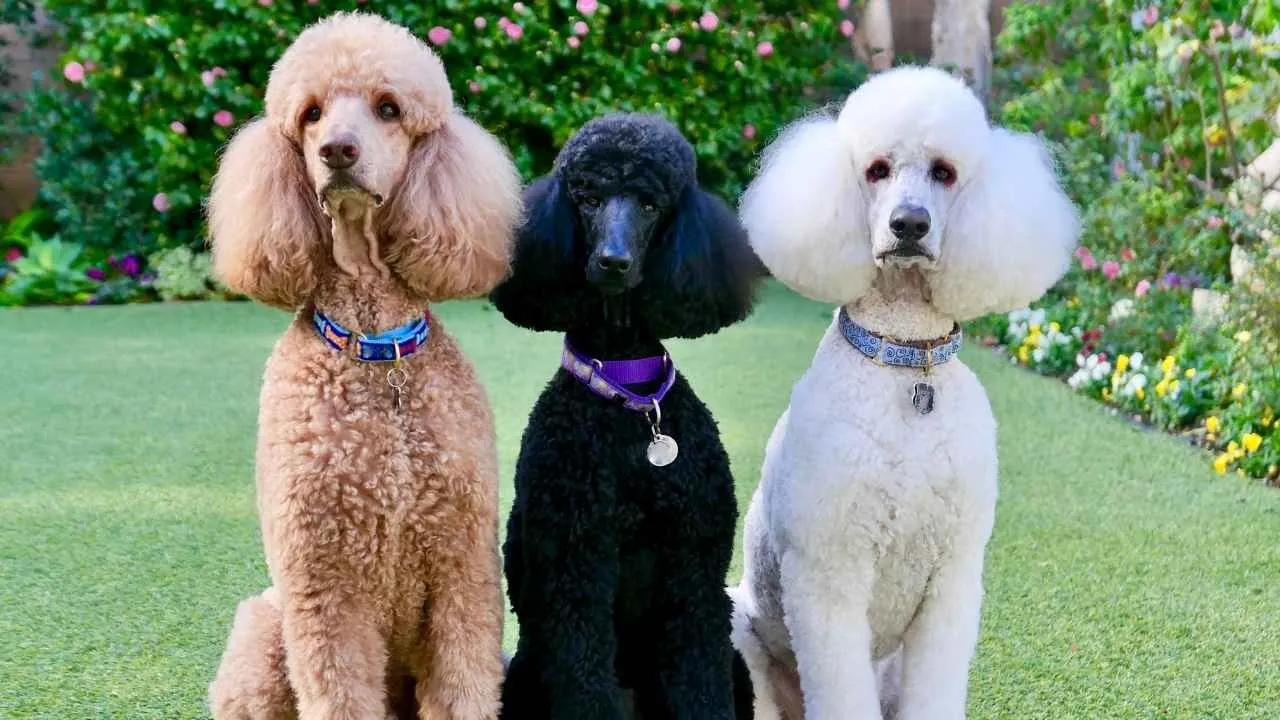
Elegance and brains come together in the Poodle, a breed recognized globally for its intelligence and trainability. Originally bred in Germany as a water retriever, the Poodle’s signature grooming style was designed to improve mobility in water while protecting joints and vital organs from the cold.
It later rose to popularity in France, where it earned its reputation as a refined companion. Today, Poodles come in three sizes—Toy, Miniature, and Standard—but all share the same distinctive build: long muzzle, dense curly coat, and a characteristic springy gait.
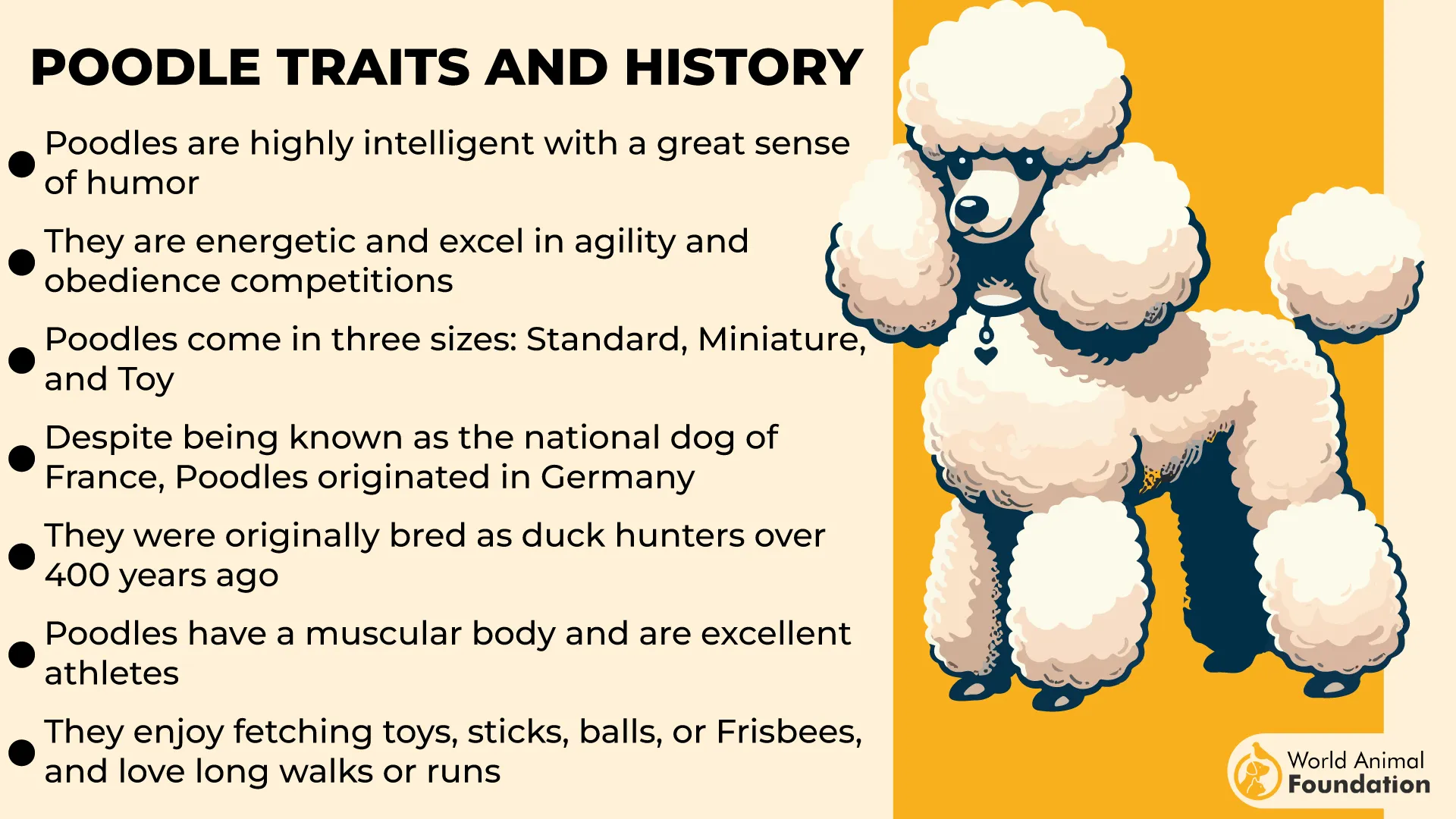
Unique Traits
Poodles excel at bonding through sustained eye contact. Their sharp eyes are always locked onto their humans, waiting for cues or just soaking in affection. This focused attention is why they thrive in obedience and trick training, learning swiftly and connecting deeply.
Despite their refined exterior, Poodles are lively and playful at heart, often developing amusing quirks to capture their owner’s attention. Their communicative gaze makes every shared moment feel emotionally rich and reciprocated.
Did you know? The Poodle’s name comes from the German word pudelin, meaning “to splash,” a nod to its duck-hunting roots.
7. German Shepherd
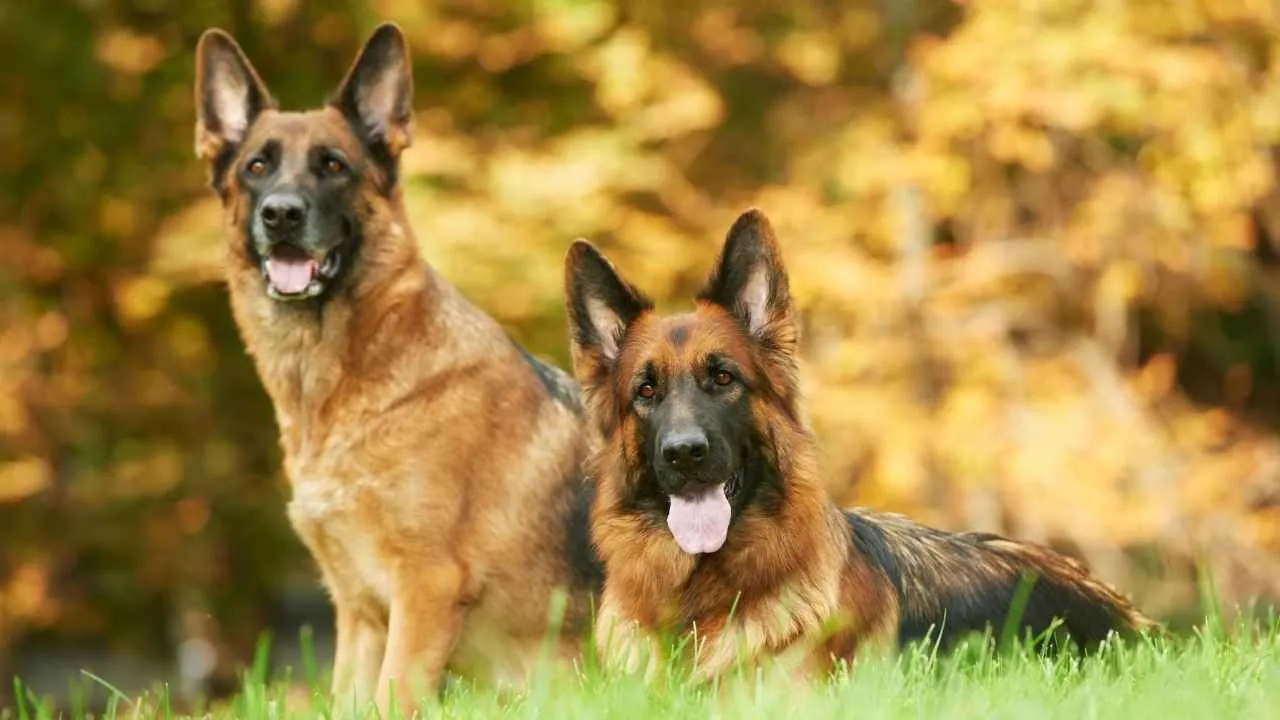
The German Shepherd, also known as the Alsatian, is a highly regarded working breed that originated in Germany. With a height ranging from 22 to 26 inches and a weight between 60 to 100 pounds, they possess a strong, muscular frame and a dense, coarse double coat in colors such as black and tan, sable, and black and red.
Developed in the late 19th century, these dogs were initially bred for herding and have since taken on diverse roles, including police, military, and service work. Part of the Herding group, German Shepherds typically live 12 to 14 years and are celebrated for their intelligence, courage, and trainability.
Unique Traits
German Shepherds forge powerful connections with their humans, often expressed through their intense and meaningful eye contact. Their gaze is purposeful, reflecting their protective nature and alert disposition. These dogs use eye contact not only to seek direction but also to reassure their handlers of their loyalty and readiness.
Their eyes communicate strength and empathy simultaneously—qualities that enhance their roles as service animals and family protectors. Interestingly, studies have shown that working breeds like German Shepherds are more inclined to seek out and hold human gaze compared to ancient breeds, a reflection of their evolved communication skills.
Did you know? In 1990, a German Shepherd named Orient helped a blind man hike the Appalachian Trail.
Conclusion
Some dogs have a magical way of looking at you—as if they know exactly what you’re feeling. In the world of canine connection, a steady gaze is more than endearing—it’s a form of unspoken devotion. Whether it’s eye contact to communicate excitement, reassurance, or simply love, certain breeds have mastered the art of speaking volumes with just a look. These pups don’t just follow you around the house—they seek you out during quiet moments, locking in with their soulful gaze to say, “I’m here.”
From the warm, round eyes of Cavalier King Charles Spaniels to the curious stares of Boston Terriers, these breeds instinctively use direct eye contact to build deeper bonds with their people. Some, like herding and working dogs, even assess situations through intense observation. But no matter the breed, the message behind the look is the same—a connection that transcends words. It’s no wonder we call them our best friends.


